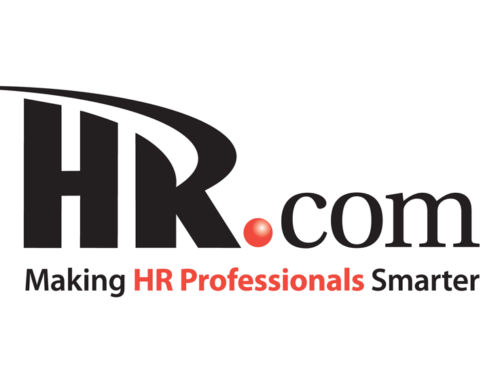Employee assessment tools have been a mainstay of many organizations’ recruitment processes, enabling companies to assess candidates using a variety of tests and measurements. However, managers are increasingly using these assessment tools as part of talent management. These tools help them to identify skill deficits in their team and the assessment results can help guide the decision making around staff promotions and salary increases. There are a variety of vendors which provide pre-employment assessment tools including personality and behavioral assessments, with many specializing in industry specific assessments. These are often created based on years of evidence-based research into the personal qualities, skills and characteristics of high performing employers; helping recruiters to better identify and match employees to appropriate work roles.
Recently there has a been a wide range of vendors entering this market who are creating innovative assessment tools which draw on the benefits and availability of big data in today’s society. Instead of using traditional assessment measures, these companies have created software solutions which collate data from prospective employees’ social media presence, including sites such as LinkedIn, Facebook, and from postings made on pubic websites. The benefits of using big data involve the sheer volume of data made available to organizations, the variety of data from multiple sources, and the immediacy of data. This helps recruiters to develop a good understanding of their employees outside of the workplace, including their outside interests and personality profiles. These tools allow for the analysis of the types of social media sites frequented including the content of postings made by prospective candidates.
HR departments may still continue to rely on traditional measures in addition to these new tools, but using big data assessment has multiple benefits. These tools can greatly help managers to identify suitable candidates early in the selection process, reducing the number of potential employees invited to interview, ultimately saving time and money. Through predictive analytical tools, managers can also identify candidates who are more likely to work well within the role, helping them to find the most suitable candidate and increase staff retention. As big data is here to stay, companies who have identified the value in big data, including investing in analytical tools to help them to derive meaning from data, will have a clear advantage over their competitors in todays’ market.
